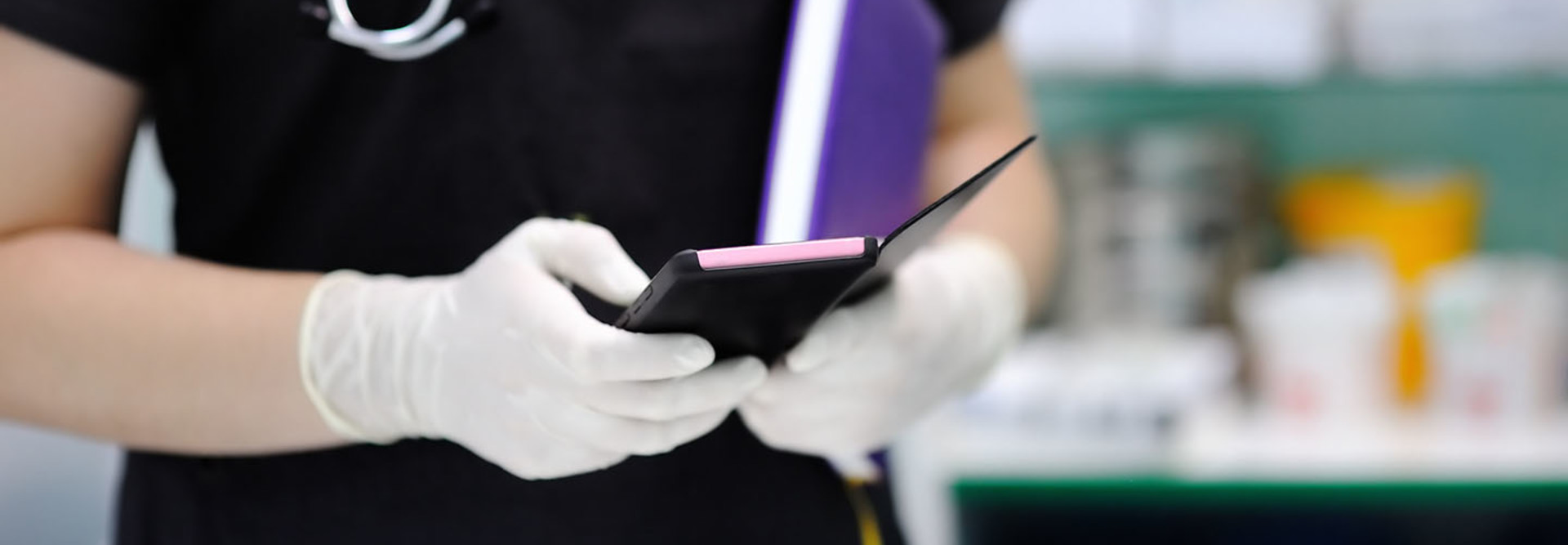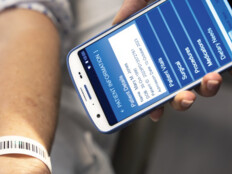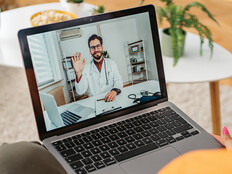Effective Devices Make All the Difference in Clinician Mobility Strategies
When it comes to mobile devices in healthcare, the perfect device does not yet exist.
While industry is starting to catch on, popular smartphones or tablets for consumer use often don’t offer the resilience or security that clinicians need for their day-to-day workflow, according to a new report by KLAS Research, “Clinical Mobility 2018: Leveraging a Smartphone Strategy.”
“Often what is not understood is what impact certain devices will have on day-to-day workflows,” says Paul Hess, research director at KLAS Research and co-author of the study.
Short battery lives, updates that break systems and phones that hit dead spots in hallways or elevators can all be challenges for nurses and clinicians looking to use these devices over the course of their daily shifts. Moreover, Hess adds that phones take a beating during routine nurse shifts.
“They get dropped in toilets or on the hard tile floors repeatedly,” says Hess. Further, abrasive chemicals are used to wipe down phones to prevent infection, which can break down normal consumer-grade phones within weeks.
These inadequacies are making way for devices that are purpose-built for healthcare, such as those from Zebra, which can hold up to the daily wear and tear.
“Zebra devices are becoming more attractive to healthcare for ‘shared use’ … because they can better hold up to the beating of a nurses workflow including the cleaning agents, the drops, the built-in barcode scanner, the swappable batteries, the better Wi-Fi roaming capability in a hospital,” says Hess.
SIGN UP: Get more news from the HealthTech newsletter in your inbox every two weeks
Thoughtful Mobility Strategies Muck Out Security Challenges
But even purpose-built devices have flaws, and for this reason, it’s key for executives to map out an effective mobility strategy, and one that takes into consideration the attributes of each device. Many organizations don’t have a mobility strategy, however, or even understand they should have one, says Hess.
“Even if an organization doesn’t have a mobility strategy clearly laid out and defined, that by default is their mobility strategy — a proverbial rolling of the dice,” he says.
An effective strategy will eliminate the constant guessing game, addressing everything from normal wear and tear to cybersecurity.
“Effective mobility strategies should be centered on data and lay out the capability to understand what is happening to the data on mobile devices,” says Hess. “So, organizations need to understand the strengths and weaknesses of the mobile devices that are being used, how they are being used, how the technology is being leveraged in day-to-day workflows, how they are being deployed, locked down, etc.”
Organizations also need to be willing to address blind spots, such as unsecured texting that clinicians and nurses might be making on their personal devices.
“It is universally understood in healthcare that texts are being sent daily via SMS, even when personnel are told not to,” says Hess. “The convenience and effectiveness of texting combined with the deeply entrenched habits of texting in our day-to-day lives is just too much for many clinicians and other staff to ignore.”
Ignoring the prevalence of unsecured texts could open organizations up to lawsuits, bad publicity and other undesirable outcomes. For this reason, organizations have begun to provide HIPAA-compliant, secure communication solutions, such as TigerText (now TigerConnect), which can prevent unsecured texts being sent with personal health information.









